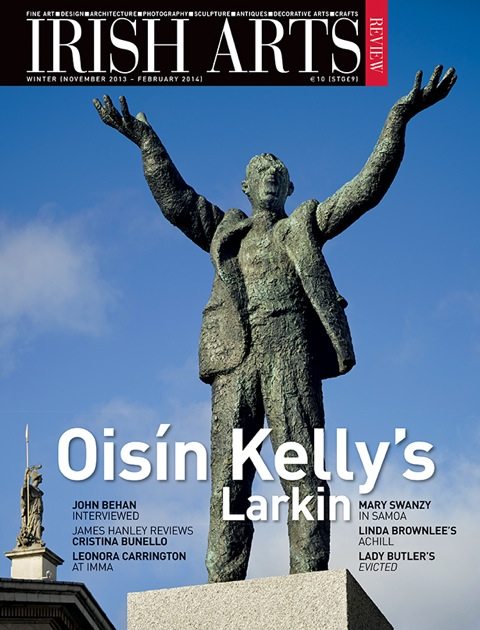
 WOMEN, ARCHITECTURE AND BUILDING IN THE EAST OF IRELAND, C. 1790-1840
WOMEN, ARCHITECTURE AND BUILDING IN THE EAST OF IRELAND, C. 1790-1840
RUTH THORPE
Four Courts, 2013
pp 68, 36 b/w ills p/b
€9.95 ISBN: 978-1-84682-400-5
BORRIS HOUSE, CO CARLOW AND ELITE REGENCY PATRONAGE
EDMUND JOYCE
Four Courts, 2013
pp 68 b&w illus. p/b
€9.95 ISBN: 978-1-84682-404-3
Katherine McClatchie
These small books, part of the Maynooth Studies in Local History series, are both based on MA theses for the Department of History at NUI Maynooth, and their academic origins are evident in their use of careful primary research, much of which had not previously been the subject of close examination. Despite their academic roots, the brevity of both publications makes them a pleasure to read, and both are enlivened by an impressive number of illustrations.
She attempts to show how women such as Anna-Maria Dawson often developed interests and skills beyond these initial family roles, taking independent responsibility for designing and commissioning buildings
In her study of the role of women in the architecture and building in the east of Ireland between 1790 and 1840, Ruth Thorpe focuses on a number of individual women whose involvement in designing, commissioning and supervising architectural projects had been previously underestimated or unknown. While noting that in most of these cases, the women were influenced by a husband, father or brother’s own involvement in architectural projects, she attempts to show how women such as Anna-Maria Dawson often developed interests and skills beyond these initial family roles, taking independent responsibility for designing and commissioning buildings. Thorpe notes that drawing was considered an appropriate feminine accomplishment at this time, and this skill could be developed towards the making of amateur architectural drawings, such as sketch plans, elevations and studies for decorative details, many of which are reproduced as images in the book. In discussing charitable building projects, Thorpe differentiates between those who supervised the building of housing and schools built for their suitability for use, and those who sought primarily to enhance a picturesque estate. A closer relationship between making attractive drawings of buildings and constructing them is found in the discussion of Lady Helena Domville’s development of a picturesque village on her Santry estate, the design of which was heavily influenced by contemporary English pattern books.
Walter Kavanagh, a bachelor, is shown here to have been the driving force, as a collector, bibliophile, and consumer, with tastes influenced by his travels abroad, and the fashions prevalent in London, Bath and Dublin at the time
Edmund Joyce’s study focuses on the patterns of expenditure and patronage practiced by the Kavanagh family of Borris House during the Regency period. Although the house has been the subject of several previous studies, most authors had attributed to Thomas Kavanagh the commissioning of its remodelling in a Tudor Revivalist style, under the direction of the Co Cork-born architect Sir Richard Morrison between about 1812-18. Here, Joyce questions whether in fact Thomas‚’ older brother, Walter Kavanagh, had been responsible, not only for commissioning the remodelling, but also for acquiring many of the collections which survive within the house today. Walter Kavanagh, a bachelor, is shown here to have been the driving force, as a collector, bibliophile, and consumer, with tastes influenced by his travels abroad, and the fashions prevalent in London, Bath and Dublin at the time. The survival within Borris House of an inventory of furniture, made at the time of the death of Walter Kavanagh, has recently come to light, and it was crucial to this study. Borris House remains in the ownership of the MacMurrough Kavanagh family, and, hearteningly, retains much of the furniture discussed in this study.
Katherine McClatchie is an architectural historian and lecturer in architectural history at UCC and CIT.



